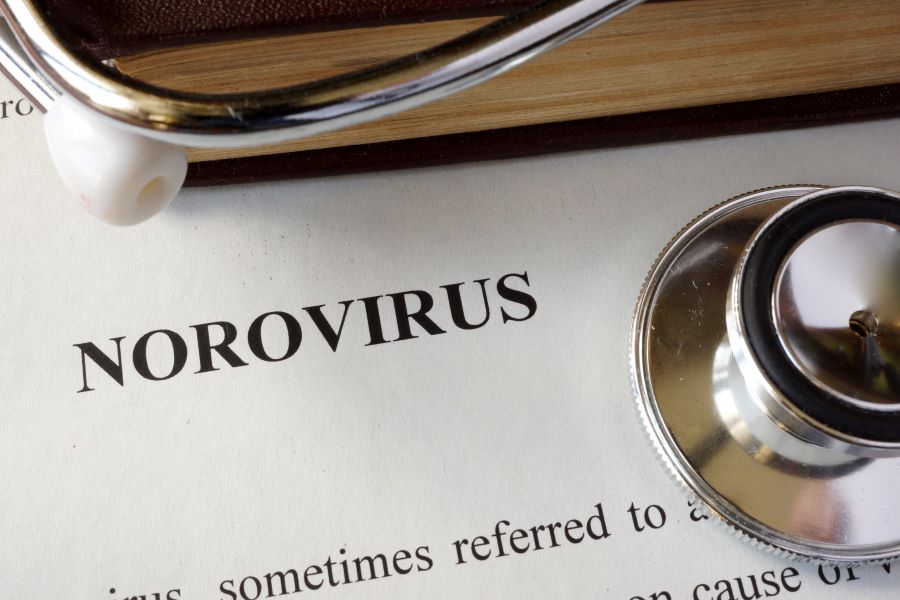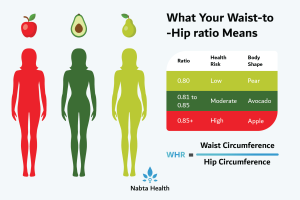What is Norovirus?

From 2009 to 2010, more than one million children went to the doctor for norovirus, according to the Centers for Disease Control and Prevention (CDC). Norovirus is an infection that causes severe vomiting and diarrhea in people of all ages. Little ones are especially vulnerable to the condition, and norovirus is the leading cause of acute stomach upset among people who seek medical care, according to the CDC.
Children can get norovirus from consuming contaminated foods or drinks prepared by people who did not adequately wash their hands and were contagious with the virus. Young people touching contaminated surfaces or utensils or sharing foods then putting their hands in their mouths can also lead to norovirus transmission. Norovirus is known for spreading rapidly in daycare environments where young children have close contact with each other.
Symptoms
Norovirus symptoms include diarrhea, nausea, stomach cramping, and vomiting. However, some children may have chills, headache, muscle aches, and/or a fever. Symptoms can appear anywhere from 12-48 hours after virus exposure. Typically, norovirus will improve within 1-3 days.
Norovirus especially impacts young children because it can cause them to become dehydrated. Symptoms of dehydration in children include crying without tear production, sunken eyes or soft spot, extreme sleepiness, or fussiness that will not subside.
Diagnosis
Most pediatricians will treat norovirus based on your child’s symptoms. However, a doctor can definitively identify norovirus’ presence through a stool sample test. Because the virus is typically short-lived, this testing is not typically required.
Treatment
No cure or vaccine exists for norovirus. Antibiotics will not treat norovirus because antibiotics treat bacteria-related illnesses instead of viral-related ones.
Instead, treatments are aimed at replacing fluids lost from vomiting and/or diarrhea. This could include small sips of an electrolyte-replacing solution, such as Pedialyte or a similar drink that contains water, sugar, and electrolytes. Babies can rehydrate with breast milk, formula, or an electrolyte solution. If your child is refusing to drink, popsicles or Italian ice can help.
If your child is old enough to eat solid foods, re-introduce them slowly when nausea and vomiting symptoms start to subside. Some foods that do not place excess strain on the gastrointestinal tract include gelatin, crackers, bread, pasta, rice, toast, and bananas.
Because norovirus is highly contagious, take care if you are changing your child’s diapers as the virus can easily spread. Wipe all surfaces with a bleach-based disinfectant, and clean exposed linens and clothing in hot water after use to prevent the virus from spreading to other family members.
If your child is experiencing symptoms of severe dehydration or has been vomiting excessively, contact your child’s physician to determine if emergency treatment, such as intravenous solutions to rehydrate your child, could help.
Sources:
- Centers for Disease Control and Prevention
- Norovirus Is Now the Leading Cause of Severe Gastroenteritis in U.S
- Children.
Centers for Disease Control and Prevention - Prevent the Spread of Norovirus.
CNN - What You Need to Know About Norovirus.
MayoClinic.com - Norovirus Infection.
Minnesota Department of Health - Causes and Symptoms of Norovirus Infection.
Seattle Children’s Hospital - The New Norovirus.
Powered by Bundoo®










